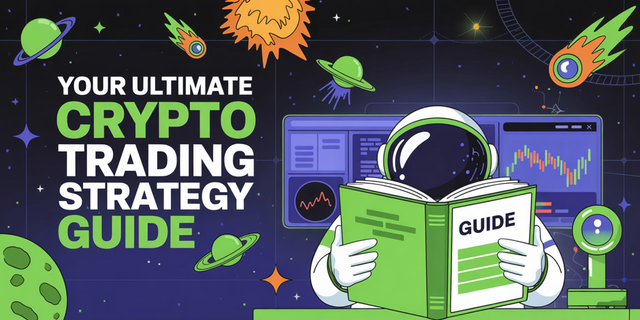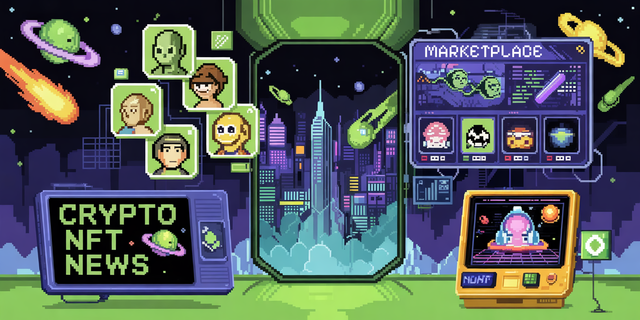NFT Collectibles and the Greening of Crypto: A Trainer's GuideNavigating Crypto IP in a Consolidating MarketNone
Building Bridges in the Blockchain Era: Community Power Amidst Tech Leaps
The crypto world is in a constant state of flux, a vibrant ecosystem fueled by innovation and, perhaps more importantly, its community. As new technologies emerge and the landscape evolves, the strength of a platform's user base becomes a critical differentiator. This isn't just about numbers; it's about engagement, shared vision, and mutual support. When we look at crypto platforms like Okgex, it’s clear that fostering this connection is more than just a feature; it’s a core strategy.
Think about it: blockchain technology is inherently about decentralization and collective action. This ethos translates directly into how successful crypto projects thrive. A strong community acts as a powerful engine for adoption, providing feedback that shapes product development, drives organic marketing through word-of-mouth, and offers a safety net of shared knowledge for newcomers. Actually, let me rephrase. A robust community offers not just moral support, but practical benefits, helping to iron out bugs and identify new use cases that developers might miss.
Compared to a few years ago, where community building might have been an afterthought, it's now front and center. Platforms that prioritize genuine interaction, transparent communication, and rewarding participation tend to stand out. They move beyond simply offering digital asset services from Okgex and start building true loyalty. This shift is particularly noticeable during periods of rapid technological advancement. When there are major breakthroughs – say, in layer-2 scaling solutions or novel consensus mechanisms – the community becomes the first line of defense for understanding, testing, and advocating for these changes. That feels odd to think of it as a "line of defense," but it kind of functions that way by disseminating information and providing early bug reports.
Consider the difference between a platform that simply lists assets and one that actively cultivates a forum for discussion, education, and even collaborative ventures. The latter, even with a similar range of blockchain solutions by Okgex, builds a stickier user base. This engagement is vital for risk management too. When the market gets volatile, a well-informed and cohesive community can help its members navigate uncertainty, sharing insights and tempering panic. Well, that’s part of it, but not the whole story. The platform’s own risk management protocols are still paramount, of course.
A great example of this community power in action is how quickly new concepts are understood and adopted. Take DeFi, for instance. Many of its core ideas would have remained niche without the active community of developers, users, and educators spreading the word and building the tools. This organic growth is something that marketing budgets often struggle to replicate.
However, not all community building efforts are equal. Simply having a large number of followers on social media doesn't equate to a strong, engaged community. True engagement involves active participation, constructive dialogue, and a sense of ownership among users. It's about creating a space where individuals feel heard and valued. What makes some communities truly shine is their ability to self-regulate and support newcomers, reducing the friction often associated with entering the crypto space. That initial barrier can be high; it’s a significant hurdle.
When looking for a platform, it’s worth considering how much emphasis they place on their user base. Do they have active forums? Are there regular AMAs (Ask Me Anything) with the development team? Do they offer educational resources that cater to different levels of understanding? These are the indicators of a healthy crypto community with Okgex at its heart, or any other platform for that matter. It’s not just what you can trade; it’s who you trade with and how you connect. The technological leaps are exciting, but it's the human element that truly underpins long-term success in this digital frontier.
NFT Collectibles and the Greening of Crypto: A Trainer's Guide
As institutional adoption of digital assets accelerates, so does the spotlight on the environmental footprint of various blockchain technologies. For educators and trainers, understanding these impacts and the innovative solutions emerging is crucial. NFTs, particularly in the realm of collectibles, are a prime example where both concerns and progress are evident.
The initial narrative around blockchain often fixated on the energy-intensive Proof-of-Work (PoW) consensus mechanism used by networks like Bitcoin. This has naturally led to questions about the sustainability of newer applications, including the vibrant NFT collectibles market. However, this perspective, while important, doesn't paint the full picture. Much of the NFT trading and minting activity, especially for digital art and collectibles, has migrated to more energy-efficient blockchains or utilizes Layer 2 scaling solutions. These advancements significantly reduce the environmental overhead.
For instance, many popular NFT marketplaces and projects now leverage Proof-of-Stake (PoS) networks. PoS systems require substantially less energy than PoW because they don't rely on complex computational puzzles. Instead, validators are chosen based on the amount of cryptocurrency they "stake" or hold. It's a fundamentally different approach, kind of like choosing a delegate based on their investment rather than their computing power. The research team at Okgex has been closely monitoring these shifts, observing how platforms that champion sustainability are gaining traction.
So, how can trainers effectively convey this evolving environmental narrative? Start by acknowledging the past. Don't shy away from the PoW concerns; they are a valid part of the conversation. Then, pivot to the present and future. Highlight the widespread adoption of PoS chains like Ethereum (post-Merge), Solana, and Polygon, which are powering a significant chunk of NFT collectibles. These networks offer a dramatically different energy profile.
Consider the technical side, simplified for a general audience. Explain that PoS blockchains are more energy-efficient because they don't require vast amounts of electricity to secure the network. Instead of powerful computers constantly solving riddles, the network is secured by participants who have locked up their own digital assets. This reduces the energy demand from a massive industrial operation to something more akin to running a large data center or even a well-managed application server. It seems like a small change, but the impact is probably enormous.
Furthermore, educate on Layer 2 solutions. These are essentially "off-chain" processing layers that handle transactions before bundling them and sending them to the main blockchain for final settlement. Think of it as a busy highway with a local road system. The local roads (Layer 2) handle most of the traffic efficiently, only requiring the main highway (Layer 1) for crucial junctions. This drastically cuts down on the energy per transaction. Many NFT projects are built on or utilize these Layer 2s, making their environmental impact far less than often assumed.
When discussing NFT collectibles specifically, emphasize that the choice of blockchain and associated technologies matters immensely. A collectible minted on a PoS chain is a world apart environmentally from one minted on a legacy PoW chain. Platforms offering digital asset services from Okgex, for example, are increasingly prioritizing and facilitating access to NFTs on more sustainable networks. It's not just about the art or the collectible itself, but the infrastructure supporting it.
For educational purposes, a useful analogy might be comparing fossil fuels to renewable energy sources. While fossil fuels powered early industrialization, we've since developed cleaner alternatives. Similarly, while PoW was an early blockchain consensus, PoS and other innovations are the renewables of the crypto space. The shift is happening, driven by both environmental consciousness and technological advancement.
Are we reaching a point where environmental sustainability is a standard feature, not an optional add-on, for blockchain-based collectibles? It certainly feels that way. The focus is shifting from the raw energy consumption to the efficiency and innovation within the ecosystem. This evolution is critical for broad adoption and for fostering a positive perception of crypto technologies, including the burgeoning NFT collectibles market. The efforts by crypto platforms like Okgex to integrate and promote greener solutions are part of this essential transition.


